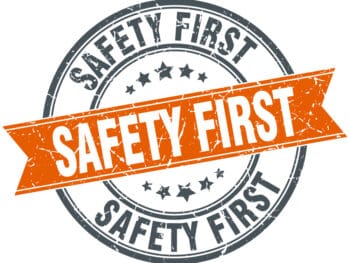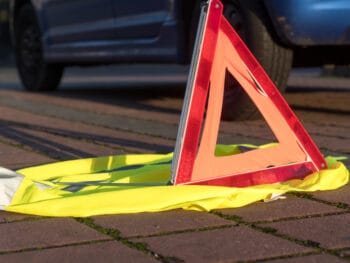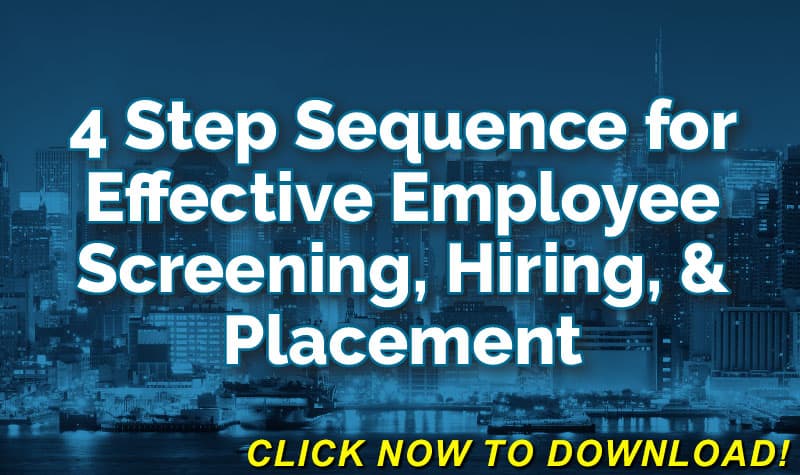Winter is in full force and effect. With subzero temperatures hitting much of the country recently companies need to take additional steps to ensure safety. If the workplace does a lot of inside and outside work, this can lead to increased risk for injury, and it can start as soon as the workers pull in the parking lot. In most jurisdictions, workers comp coverage begins as soon as those tires cross into the parking lot.
With the slick conditions, numerous injuries can occur, ranging from minor slips and falls to major injuries such as broken bones. But do not sit around and wait for the injuries to occur. Below we discuss 5 ways to be prepared for the long winter haul.
- Get supplies stocked
Before the winter storm dumps a foot of snow on your doorstep, try not to be caught off guard. If the company is responsible for snow removal and salting, stock up on bags of salt and sand and have them ready to use, near the areas to be applied. Inspect the shovels and brooms for wear and tear and make sure they are in good working order. If using a plow truck for the parking lot, be sure the plow is properly installed and lubricated, and perform yearly maintenance on the vehicle to avoid breakdowns or damage. These may seem like no-brainers, but sometimes when it gets busy and these tasks get brushed aside for more important duties. It is better to be safe than sorry, so be ready should another storm come rolling in. Snow can accumulate in a hurry. For employees who work outside, consider providing ice grips for shoes.
- Inspect the entryways, stairwells, and mats
People have to enter the building somewhere, so be sure the mats are functional. Some employers have special winter mats, made with extra durable material to stand up to the wear and tear of the outside elements. Non-slip bottoms, and rougher fiber mats can brush that outside snow and salt off of boots and shoes so those materials are not dragged into the work areas. Standing water from melted snow posts a dangerous hazard, and is one of the leading causes of slips and falls.
Most stairwells will be covered in an anti-slip coating, so check and make sure that the surfaces are doing the job they are supposed to do. Also check handrails to make sure they are not loose, so if someone grabs them to prevent from falling the rails do not come off the wall. This is common sense, but these checkups usually fall to the bottom of the priority list.
- Have an outside vendor perform the plowing and salting
If you do own the lot and maintain the salting and plowing, consider using an outside vendor to take care of this task. These vendors will carry their own liability insurance policy, and if injury occurs it can shift the risk to them instead of to the employer. But make sure that the vendor does not try to “sneak” in a hold harmless clause in the contract. If this is the case, the employer agrees to waive any liability towards the vendor, shifting the risk back to the employer for priority coverage.
Most vendors keep the contracts open to negotiation, so have your counsel inspect the contract for loopholes or gaps in coverage should an injury occur. Subrogation is a right in most jurisdictions, and an employer should be able to pursue if any injury does occur within certain circumstances. Most vendors will do their best to get a hold-harmless in the contract. This does not mean the vendors are trying to run away from responsibility, but instead do not want to be held responsible should injury or property damage occur.
- If leasing the space in a building, review the specifications of who is responsible for injury
If you as an employer are a tenant in a building, or leasing the space for the entire building and parking lot, ask the building manager for a copy of the lease contract. Do not assume right that because you are leasing a suite in an office building, and a worker falls on the way in, that you are 100% responsible for any injury damages. An opportunity to file a subrogation claim could be missed with the building’s Carrier. Less often than not building owners will avoid stepping up to say exactly how the lease breaks down and who exactly has coverage for an injury that occurs before the workers gets to the specific suite. Do some research and find out exactly what scenarios are the employer’s responsibility, and what scenarios will fall under the building manager’s coverage.
- If inclement weather happens, consider cancelling work for the day
If this is within your organization’s means, should a major storm come in consider a snow day for workers. The world is not going to end to halt operations for one day. If the roads are treacherous, some workers may call in anyway depending on the commute. Work is important and most workers will do their best to report for duties, but it certainly is not worth getting into a serious car accident over. Create a telephone call list so workers can relay the message on to others that work is off for the day or notify employees via email and/or social media, and make sure to have an up-to-date recording on the company phone. That way you are not trying to call everyone at 5am to advise that work is canceled for the day. In the end, if doing this saves someone from a major car accident, it is worth it. Create a phone line to call, leaving a message on a general machine so workers can call before leaving for work to see if work was indeed canceled or not. Make sure there are procedures in place for inclement weather cancelations and late start instructions.
Summary
The winter months statistically create more hazards than the summer months. Snow and ice can lead to dangerous conditions both on the commute to work, and within the workplace itself. Be sure to be prepared for these conditions by performing the tasks listed above. It is far more costly to incur a serious injury, than it is to prevent it.
Author Michael Stack, Principal, COMPClub, Amaxx LLC. He is an expert in workers compensation cost containment systems and helps employers reduce their work comp costs by 20% to 50%. He works as a consultant to large and mid-market clients, is co-author of Your Ultimate Guide To Mastering Workers Comp Costs, a comprehensive step-by-step manual of cost containment strategies based on hands-on field experience, and is founder of COMPClub, an exclusive member training program on workers compensation cost containment best practices. Through these platforms he is in the trenches on a working together with clients to implement and define best practices, which allows him to continuously be at the forefront of innovation and thought leadership in workers’ compensation cost containment. Contact: mstack@reduceyourworkerscomp.com.
©2016 Amaxx LLC. All rights reserved under International Copyright Law.
Do not use this information without independent verification. All state laws vary. You should consult with your insurance broker, attorney, or qualified professional.








You are welcome Whitney, every little bit helps!
I thought your suggestion on having an outside vendor perform the plowing and salting was great. Its not a difficult solution to ease the liability away from the employer. I’ve seen so many snow related injuries and have acquired many of my own. Thank you for sharing these great tips for wintertime complaints!
Thank you for sharing this list! We will make sure to share this across our social channels, so that workplace injuries can be prevented. Companies should take necessary steps to decrease the risk of injury at workplace and should also ensure safety of their workers.